The Long March has long been engraved in the Chinese collective consciousness as the country’s most glorious military feat. It is an epic story of self-sacrifice, patriotism and defying the odds which saw soldiers of the Red Army, the frontrunner of People’s Liberation Army, crossing rickety chain suspension bridges under enemy’s fire, fording frothy rivers without boats, climbing towering mountains as high as 5,000 meters and traversing human-sucking bogs.
The intense hardship the soldiers had undergone in their journey was not limited to unforgiving wilderness and harsh natural conditions, but was also dotted with frequent exchanges with the Nationalist enemy, harassment from local warlords, and chronic shortage of food and diseases.
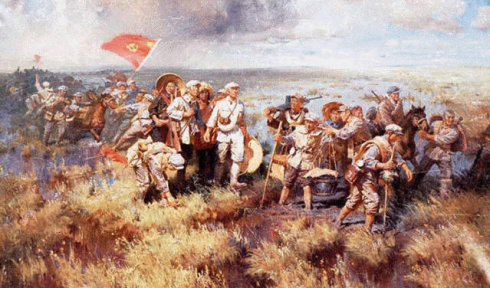
The Long March is no doubt a turning point in China’s history, laying the foundation for People’s Republic of China. It is a strategic military maneuver carried out by the Red Army between October 1934 and October 1936 to combat the Kuomintang (KMT) regime.
Between 1930 and 1934, the KMT leader Chiang Kai-shek launched five military encirclement campaigns against the Chinese communists in an attempt to annihilate their base, the Jiangxi Soviet, on the borders between Jiangxi and Fujian in southeastern China.
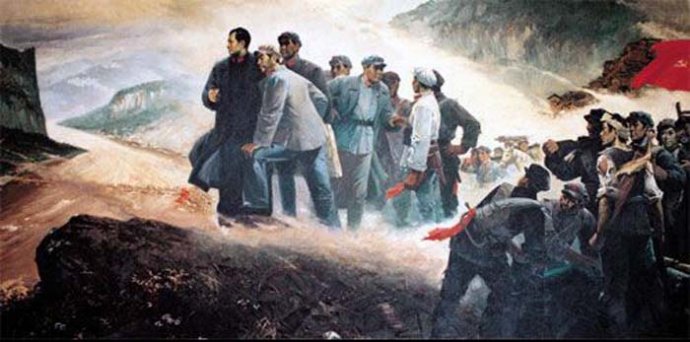
The communists successfully fought off the first four campaigns but were nearly crushed in the fifth one, which led to their military march. The Red Army left Ruijin in Jiangxi Province in October 1934, marking the beginning of the Long March, which would stretch for two years.
The first three months were disastrous for the communists as they lost over half of their manpower, and soldiers’ morale was low until the army arrived in Zunyi in southwestern Guizhou Province in January 1935. At the Zunyi Conference, Mao Zedong, the founder of People’s Republic of China, took over military command and became the leader of the Communist Party.
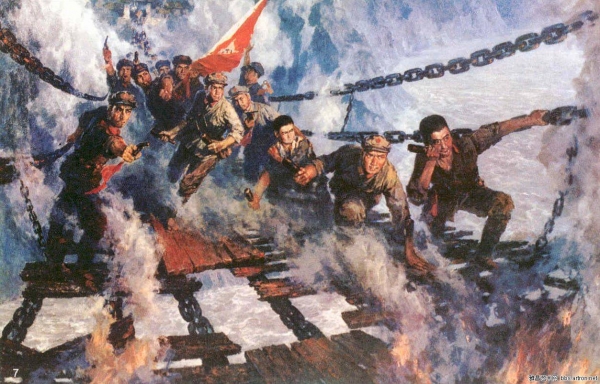
With unwavering determination, strong belief in their cause and invincible heroism spirit, the First Front Army crossed the raging Chishui River four times, captured the Luding Bridge, broke through the dangerous Lazikou mountain pass, climbed over snow-capped mountains, plodded through grasslands and finally joined forces with the Red Army in northern Wuqi town in Shaanxi Province in October 1935.
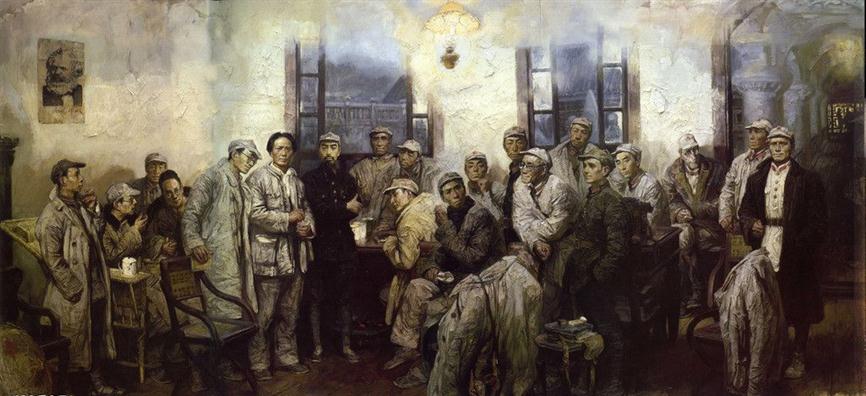
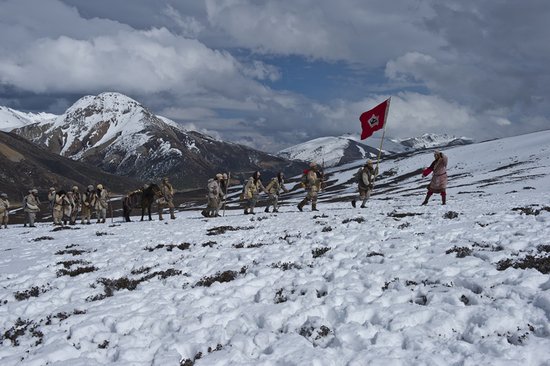
In October 1936, the First Front Army joined with the Second and the Fourth Army in Huining county in Gansu Province, marking the successful end of the epic expedition.
After fighting the Japanese from 1937 to 1945, the Chinese Civil War soon resumed. In 1949, the nationalists were defeated, and Mao announced the birth of the People’s Republic of China and served as head of the Communist Party of China and the country’s top leader until his death in 1976.









